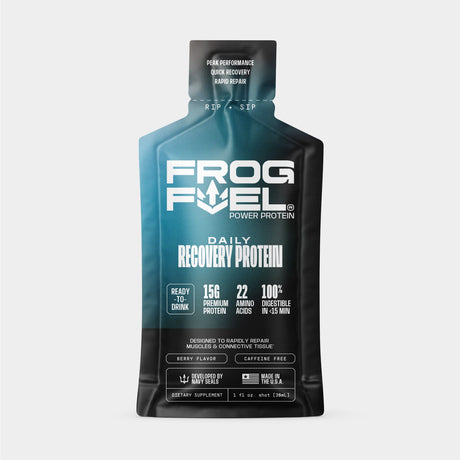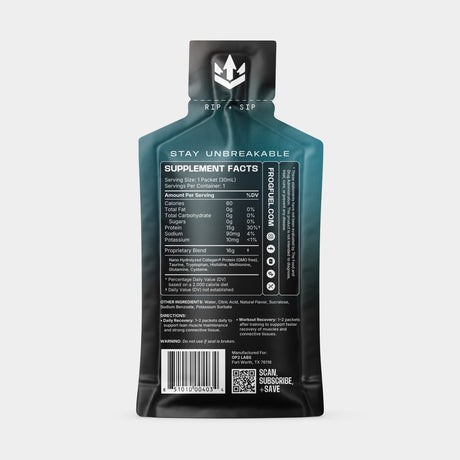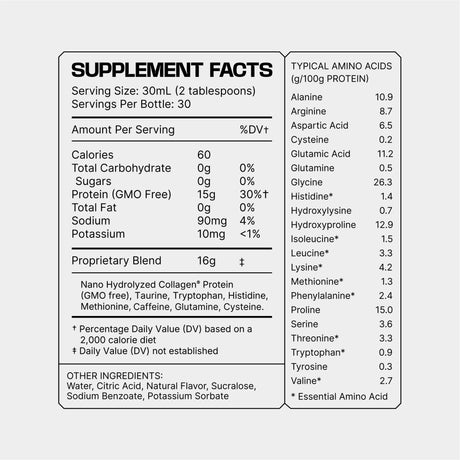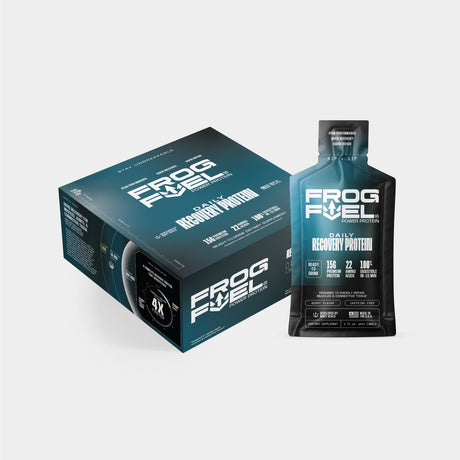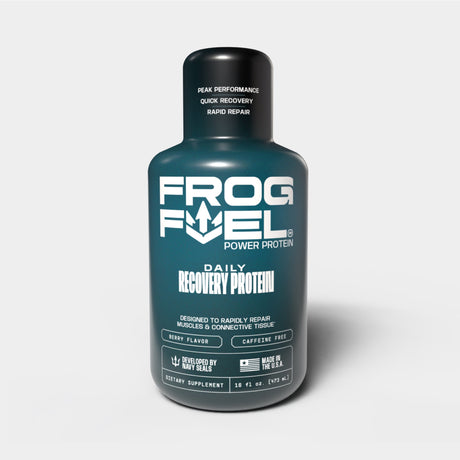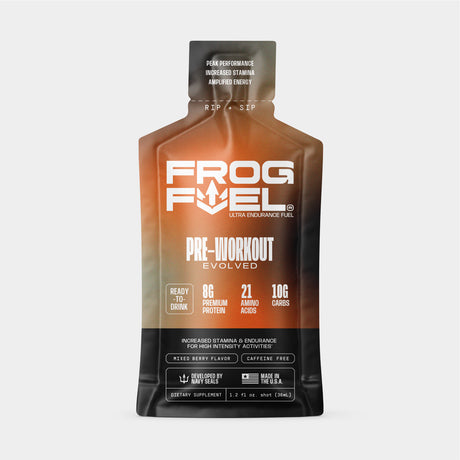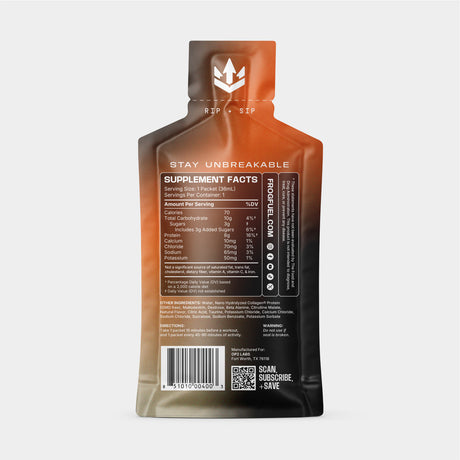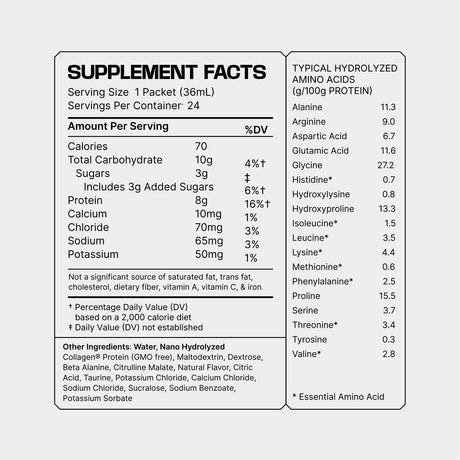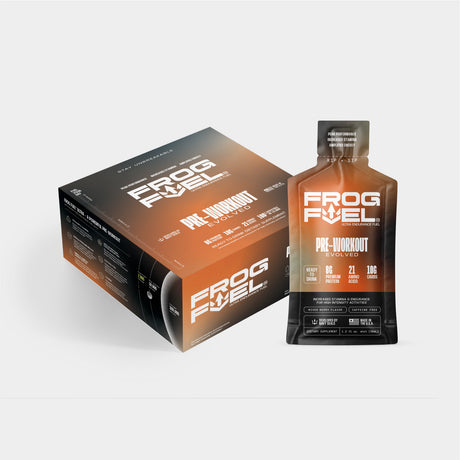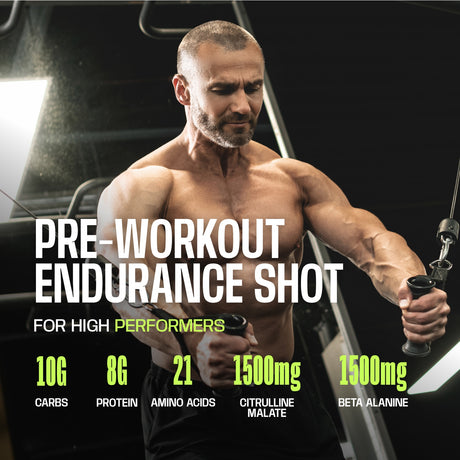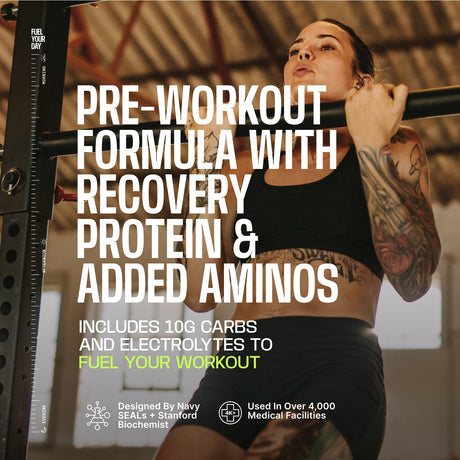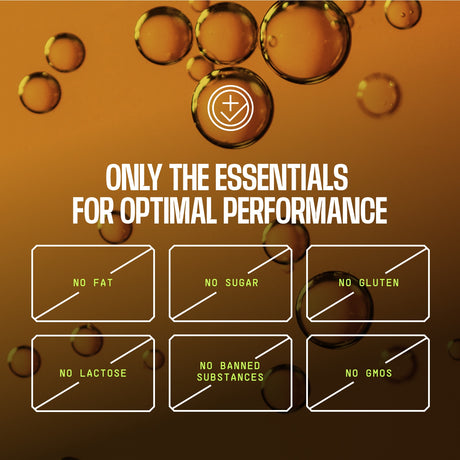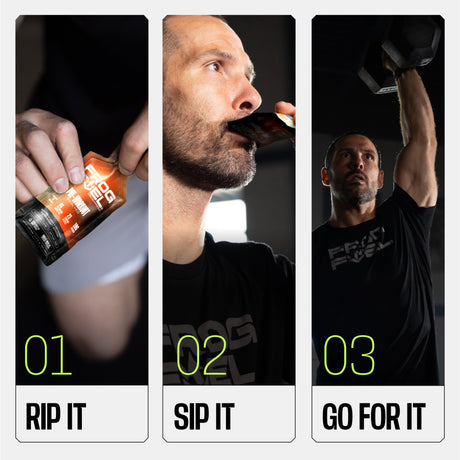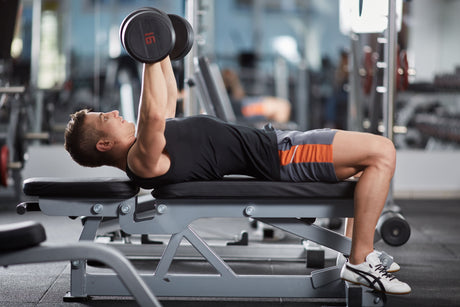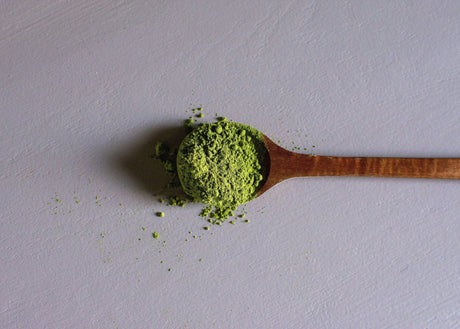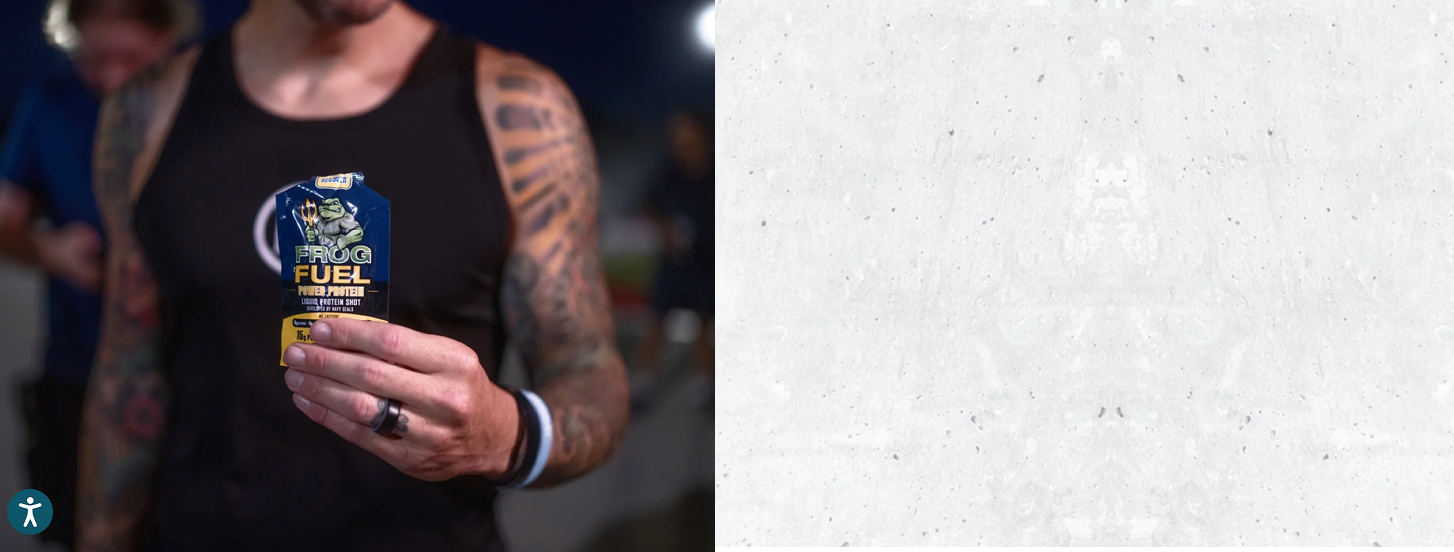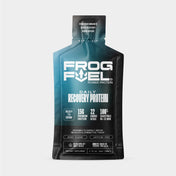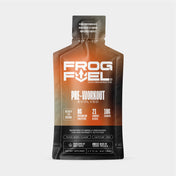In this comprehensive article, we'll cover just about everything there is to know about ACL injury prevention strategies so that you will know how to prevent ACL tears and can keep doing what you love best.
But before we get into our proven prevention strategies, it’s important you understand what an ACL injury is.
What is an ACL injury?
An ACL injury is a tear or sprain of the Anterior Cruciate Ligament (ACL). This ligament is located deep within the knee joint that prevents excessive rotation and forward movement of the femur (thigh bone) on the tibia (shin bone).
The ACL is a vital part of knee stabilization, so any injury to this structure can cause severe pain, swelling, instability, and immobility. Unfortunately, an ACL tear is also one of the most common sports injuries.
This type of injury can be extremely painful and limits mobility if it's not treated promptly with rehabilitation or surgery. It's important to practice ACL injury prevention where possible, as recovery from an ACL tear or sprain is a long process.
So how do you prevent an ACL injury? Let’s take a look at some of the best prevention practices.
7 tips for ACL injury prevention
Here are our top tips for preventing ACL injuries:
1. Warm up and cool down
ACL injury prevention starts with proper warm-up and cool down protocols.
Warm-ups should involve dynamic stretching and light cardiovascular activity to help boost your body temperature and prepare your body for strenuous physical activity.
Cooldowns are just as important - they help bring your heart rate back to baseline while also helping prevent soreness and stiffness.
Without proper warm-ups and cooldowns for your exercise, it’s easy to pull muscles and ligaments - like the ACL.
2. Strengthen muscles around the knee joint
Targeted strength training is a great way to protect yourself against an ACL injury. If you’re serious about how to prevent ACL tears, targeted strength training is one of the key ways to do it.
In order to strengthen the muscles around your knee joint, you should focus on quadriceps and hamstring muscles, as these are vital for stability and can help protect the ACL from being injured. Working your hip abductors is also important for balance and coordination.
In addition to traditional strength training exercises like squats, lunges, step-ups, leg presses, and deadlifts, exercises like single-leg balance drills can also help to improve stability in your knee joint.
Don’t forget about stretching and foam rolling following weight sessions, as these will help keep your muscles relaxed and flexible.
3. Strengthen your core muscles
Strengthening your core is another key to ACL injury prevention.
Why?
A strong core helps you stay balanced while running, which can prevent a lot of ACL injuries from happening in the first place.
Additionally, having a strong core takes extra burden off the muscles around your knee – meaning less chances for your ACL to get stretched or torn when you're moving.
4. Practice plyometrics
In addition to strength training, plyometrics can be an effective way of applying ACL injury prevention. Plyometric exercises involve quick bursts of intense activity followed by periods of rest.
Plyometric are helpful for preventing ACL injuries because they increase muscle power and overall explosiveness in your legs. They also teach your body how to react quickly in order to stabilize itself when sudden forces or direction switches are applied.
This is really important, since most ACL injuries are caused by a swift and sudden directional force on your knee joint.
5. Use proper form
It's important to focus on proper form when performing exercises or activities that involve the knee joint. This means maintaining a neutral position where your knee doesn’t extend too far forward, as this increases pressure on the ACL and will harm (rather than help) your ACL injury prevention strategy.
Additionally, landing correctly after jumping or making sudden movements is key. Try to land with bent knees and keep your center of gravity low in order to absorb force more effectively and reduce strain on your ACL.
6. Invest in your footwear
We hope you already have the proper footwear for your sport, but if you don’t - now is the time to invest.
You need to make sure you use proper footwear whenever engaging in physical activity. Shoes specifically designed for running or sports should provide ample cushioning and support in order to protect your joints from excessive impact forces.
Don't forget to replace your shoes regularly too, as worn-down soles won't be able to provide adequate shock absorption. This can easily put you at risk of an injury.
7. Take collagen for injury prevention
No matter your sport, ACL injuries are the last thing you want. That's why it makes sense to consider taking collagen supplements for ACL injury prevention.
How does collagen help with injury prevention?
Collagen is an essential protein for healthy bones and joint health, and studies show that supplementing with collagen aids in strengthening ligaments, like your ACL.
You see, your ligaments are almost entirely MADE of collagen, and providing your body with extra collagen makes sure your ACL is as strong and flexible as possible.
The key word here is flexible.
If your ACL has extra flexibility, it will be more likely to stretch rather than snap when a sudden force is applied to it, making collagen important for ACL injury prevention.
Collagen also helps promote tissue regeneration which helps repair damaged joints and reduces inflammation associated with ACL tears. This means if you do have minor damage to your ACL or surrounding areas, a collagen supplement will help to mend it in record time.
Taking a collagen supplement twice per day will help ensure your body has adequate levels of this vital protein for repairing and rebuilding your ligaments.
When shopping for a collagen supplement for ACL injury prevention, choose one that is made from hydrolyzed collagen, as these are more easily absorbed by the body than collagen molecules in their whole form.
ACL injury prevention is just one of the benefits of collagen supplementation. You can also use collagen for joints in general, to improve your endurance, and to build and maintain muscle mass.
Collagen is just one way to help ACL injury prevention, but it should be part of an overall plan that includes targeted warm-up exercises before any activity.
By taking proactive steps to strengthen your ligaments with collagen supplements, you can enjoy sports and other physical activities with greater confidence in knowing an ACL tear won't slow you down.
Now that you have some great ideas for protecting your ACL, let's cover some commonly asked questions about ACL injury prevention.
ACL injury prevention FAQs
Here are our answers to come frequently asked questions about ACL injury prevention:
What activities are most likely to lead to an ACL injury?
The types of activities that increase your risk for an ACL injury are those involving sudden stops, changes in direction, and pivoting motions. Some examples include basketball, football, and soccer.
Additionally, any activity that includes jumping and landing frequently can put extra stress on the ACL and cause it to tear or sprain. You should be extra mindful of how to prevent ACL tears when you are doing any of these activities.
What are the signs and symptoms of an ACL injury?
Some common symptoms of an ACL injury include:
- Intense pain in your knee
- Rapid swelling
- Instability within your knee joint
- Feeling that your knee is “giving out”
- A loud pop or sensation of popping in the knee
- Stiffness or decreased range of motion
- Difficulty walking
What should I do if I experience symptoms of an ACL injury?
If you start experiencing pain, swelling, instability, or reduced range of motion in your knee joint, you should stop physical activity right away and seek medical attention. An MRI can help confirm whether or not you have an ACL injury so that you can receive torn ACL treatment.
Early diagnosis and treatment can help reduce long-term damage and improve your chances of making a full recovery.
How long does it take to recover from an ACL injury?
It's no surprise that recovering from an ACL injury is a long, arduous process. And if you're the kind of person who wants everything to happen quickly, then it is likely to be super frustrating!
But if you're willing to put in the work, and be patient with your body's healing process, then there are simple steps you can take towards recovery.
The most important factor in recovering from an ACL injury is time. Depending on factors such as your age and the severity of your injury, complete healing may take up to nine months.
During this time, it is essential that you follow your rehabilitation plan carefully—and that means lots of rest, physical therapy exercises, and staying out of the game until fully healed.
The path to a healthy ACL starts here
Hopefully reading this article has given you some good ideas on how to prevent the long ordeal of recovering from ACL injury. Implementing the steps laid out here should be fairly painless (and certainly less painful than an ACL injury).
Make sure you strengthen your body (both legs and core), do some plyometrics, invest in ACL prevention footwear, warm up and cool down, and supplement with plenty of collagen!
Collagen is a wonderful supplement for both ACL injury prevention and treatment. If you HAVE suffered from a full or partial tear to your ACL, collagen supplementation may also be able to cut your healing time nearly in half.
Collagen protein is what your body uses to heal wounds and reknit torn muscles and ligaments. So, it goes without saying that providing your body with extra stores of collagen will be beneficial for healing a torn ACL.
While we do naturally make our own stores of collagen, those stores start depleting by the time we hit our mid 20s, and they get lower and lower every year. That means that if you are an athlete in your 30s or 40s, you might not have enough natural collagen for proper healing.
That’s where supplementation comes in.
Using a high quality collagen supplement is your best shot at both ACL injury prevention and swift ACL healing.
In particular, you should seek out a hydrolyzed collagen protein without any additives or sugar. This high-quality supplement will be easily absorbable in 15 minutes or less, so you can swiftly strengthen your ligaments with just a simple shift to your routine.


